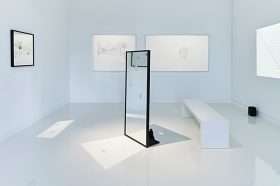
View of a room of the exhibition GOLEM; Jewish Museum Berlin, photo: Yves Sucksdorff
Laura (23), Romania, architecture student
What is your impression of the exhibition?
The exhibition is fascinating and creepy at the same time. It makes you believe that the creatures displayed are real. Therefore, the atmosphere is very intense.
Which object or room has impressed you the most?
The room with the mirrors impressed me a lot. First, we were just playing around, which was fun. I could see myself and my friend in the mirror at the same time. But when I think of it now, it could be a metaphor for “looking beyond yourself.”
Do you know a sort of “Golem” from today?
As children, we have toys, dolls, and sometimes imaginary friends. We can talk to them and make them do what we want them to do.
Edgar (49), Germany, computer science
What was your impression of the exhibition? → continue reading
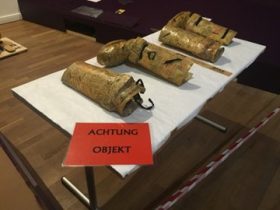
Golem Costume for Death, Destruction, and Detroit II at the Schaubühne Berlin, 1987. Directed by Robert Wilson; Lender: The Jewish Museum, New York
The Golem is brought to life from inanimate material, as is the exhibition we are dedicating to him. Up until the opening on September 22, many days will be spent building, painting, felting, typesetting, printing, writing, cutting, hanging and pouring. For the celebratory opening, we have invited as our special guest, a robot who will greet the public.
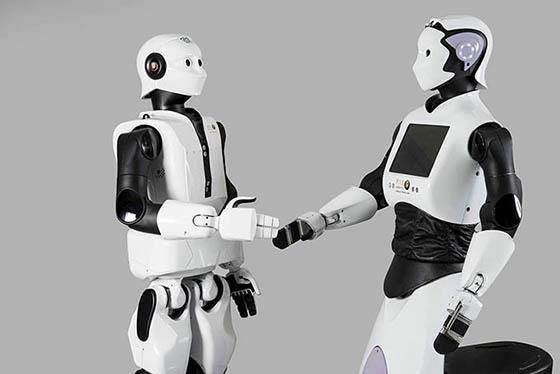
REEM and REEM C at a Meet-and-Greet © PAL Robotics, Barcelona
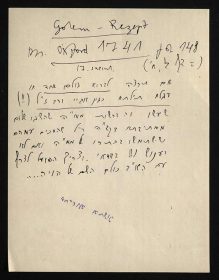
© Scholem Archives, The Jewish National and University Library, Jerusalem, Israel
But up until that moment, there is still a lot to be done. All of the objects and works of art have already arrived in Berlin. For example, the smallest item (14.5 x 11 cm), which is roughly the size of a post-it. On this piece of paper, Gershom Scholem (1897–1982), the scholar of Jewish mysticism, noted the beginning of the so-called “Golem Recipe,” which he had discovered in a medieval manuscript during his research at Oxford. → continue reading
Conservation Work on the Boris Lurie Exhibition
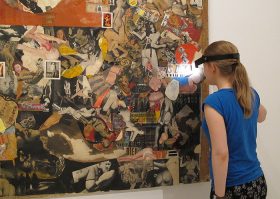
Conservator Alicija Steczek in front of a work of Boris Lurie; Jewish Museum Berlin, photo: Stephan Lohrengel
Visitors to our exhibition “No Compromises! The Art of Boris Lurie” (further information on our website) do not usually realize that they are viewing the result of lengthy groundwork and complex collaboration between various divisions of the museum. Those involved include, among others, employees of the temporary exhibition department, the registrars who for example take care of loans and organize shipments, and us conservators. We were already on board a year and a half before the exhibition was installed. Our work continues for the duration, only coming to an end with the closing and removal of the show in early August.
Boris Lurie’s art is fascinating and very variegated as to materials. Our work to protect it is thus correspondingly elaborate. → continue reading




